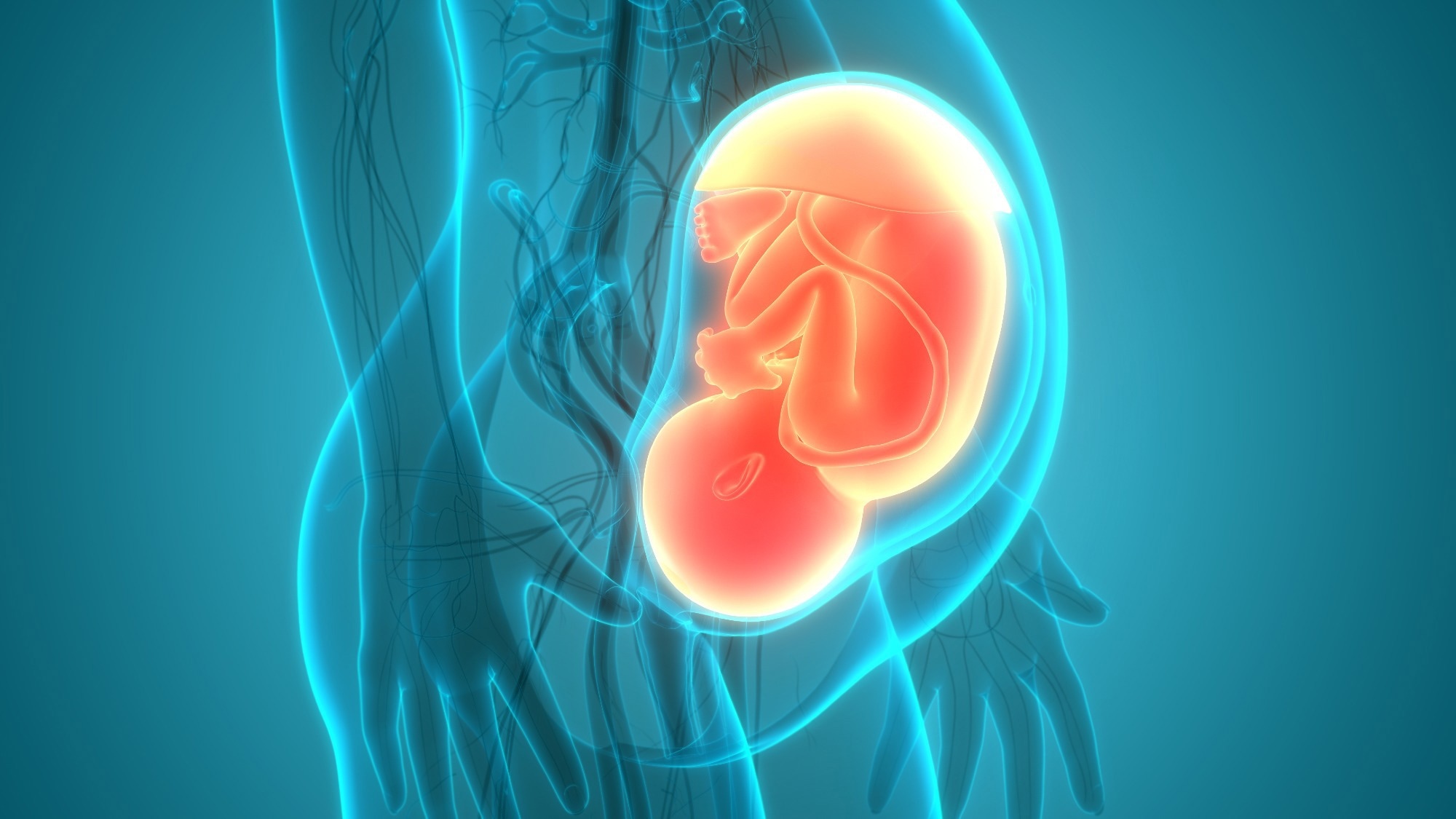Reviewed by Danielle Ellis, B.Sc.Jul 10 2023
Until recently, scientific evidence on the ability of SARS-CoV-2, the virus that causes COVID, to replicate in the human placenta has been inconclusive. Comprehending the response of the placenta to other viral infections during pregnancy and also addressing this question is important for developing efficient preventive and therapeutic strategies for both the mother and the baby.

Image Credit: Magic mine/Shutterstock.com
Scientists at Baylor College of Medicine and Texas Children’s Hospital have used a new approach to shed light on the interactions between viruses and the human placenta. They created a high-resolution map that depicted a variety of different immune microenvironments in healthy placentas from uninfected pregnancies and those from COVID-infected pregnancies.
Using this map, researchers observed that in many confirmed maternal COVID infections, the virus was discovered at multiple levels in the placenta. There was no evidence of viral replication in the placenta in other confirmed cases.
They also revealed a variety of concurrent immune responses in placental niches, including anti-inflammatory niches where virus replication was clearly well controlled, and also pro-inflammatory niches with concurrent viral persistence, including several instances with significant tissue damage to the placenta. Their comprehensive study has been published in the journal Med.
Previously, it has not been well appreciated that the human placenta comprises a relatively more diverse variety of cell types, including immune cells. The main goal of our study was to investigate how these immune cells organize themselves in microniches of the placenta, an important first step to understanding the interactions occurring between a virus and the cells of the placenta.”
Dr Enrico Barrozo, Study First Author and Postdoctoral Associate, Obstetrics and Gynecology Baylor College of Medicine
Dr Enrico Barrozo works at Dr Kjersti M. Aagaard’s lab.
Their strategy of using cutting-edge technologies such as “spatial transcriptomics” allows them and other pregnancy scientists to begin to understand why the placenta’s immune cells sometimes (but not always) succeed in controlling viral growth while the virus gains the upper hand on rare occasions.
They started by creating a comprehensive catalog of the cell types in the placenta (known as the spatial transcriptomic map), which demonstrates the locations of active gene expression in the niches in the microarchitecture of the placenta.
Aagaard’s group created a high-resolution placental map by combining single-cell, single-nucleus, and spatial transcriptomics in coordinated analyses that disclosed dynamic immune microenvironments in healthy placentas.
With the map in hand, the researchers examined the placentas of COVID-positive mothers and discovered evidence for three possible outcomes of the infection. First, they found cases where the COVID virus was not found in the placenta, implying that it was cleared before infiltrating it.
Second, in other cases, the virus was present in the placenta at low levels, which was associated with little viral proliferation, an anti-inflammatory response, and limited proinflammatory outcomes. Third, the virus propagated comprehensively within niches in rare cases, exhibiting hallmarks of a strong pro-inflammatory immune response and tissue damage.
Based on this exciting work spearheaded by Barrozo, we propose that, in most cases, the placenta likely responds to COVID and other viruses by limiting replication in these small niches of immune microenvironments. By limiting the immune responses to such a micro-local level, these placental microenvironments can sequester inflammatory signaling and limit collateral damage to adjacent and uninfected placental cells.”
Dr Kjersti M. Aagaard, the Henry and Emma Meyer Chair, Obstetrics and Gynecology, Baylor College of Medicine
Dr Kjersti M. Aagaard is also the Professor of Molecular and Human Genetics, Molecular and Cell Biology and Molecular Physiology and Biophysics at Baylor.
“Thankfully, we know that the most common outcome of any viral infection during pregnancy, including COVID, is a healthy mom and an uninfected baby. It would appear that, most of the time, that placental microarchitectural balance between pro-inflammation and anti-inflammation is evenly keeled. However, previous work from our team has shown that severe cases and death can occur with COVID and other maternal infections, and should not be underestimated or trivialized,” states Dr Kjersti M. Aagaard.
We want to understand the role of these microarchitectural niches in arming the placenta for protection of that pregnancy, as well as equipping the baby with an active immune system and ability to survive in the COVID world it is about to be born into.”
Dr Enrico Barrozo, Study First Author and Postdoctoral Associate, Obstetrics and Gynecology Baylor College of Medicine
Aagaard concludes, “We like to think of it as a ‘womb with a view,’ or a way for the mom to equip her developing baby to be born into the world with an immune system tailored to fight viruses it is likely to be exposed to after birth.”
Source:
Journal reference:
Barrozo, E. R., et al. (2023). SARS-CoV-2 niches in human placenta revealed by spatial transcriptomics. Med. doi.org/10.1016/j.medj.2023.06.003.